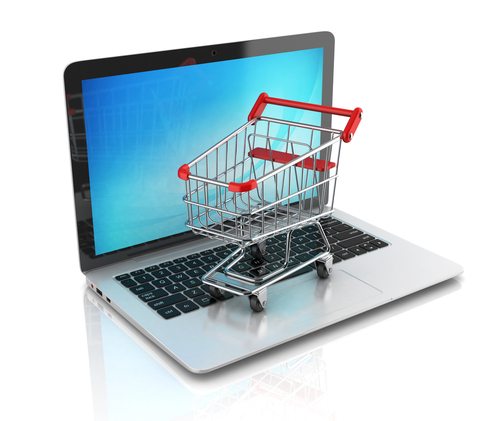 As the evenings draw in and get darker and we dig out our warm woolly jumpers, it can only mean one thing — winter is coming! There are now 60 days until Christmas Day and only two pay days to get your gifts for friends and family. As consumers prepare for the festive season, so do retailers. Supermarket shelves are already being filled with festive treats and online retailers are preparing for the biggest Internet shopping weekend, ‘Cyber Weekend’ (25 – 28 November) that stretches from Black Friday through to Cyber Monday.
As the evenings draw in and get darker and we dig out our warm woolly jumpers, it can only mean one thing — winter is coming! There are now 60 days until Christmas Day and only two pay days to get your gifts for friends and family. As consumers prepare for the festive season, so do retailers. Supermarket shelves are already being filled with festive treats and online retailers are preparing for the biggest Internet shopping weekend, ‘Cyber Weekend’ (25 – 28 November) that stretches from Black Friday through to Cyber Monday.
Last year saw record-breaking figures over this weekend with consumers spending an estimated £3.5 billion online during the four-day period. On Black Friday alone, online spending grew by more than a third, with a number of retailers reporting their biggest ever day of trading. According to data company Experian and trade group IMRG, online sales on Black Friday broke through the £1 billion mark for the first time, up 36 per cent on last year to £1.1 billion, making it the busiest online sales period ever recorded[1].
So what can consumer and retailers expect to see from this year’s Cyber Weekend? With online sales growing and more consumers turning to their smartphones to shop, retailers will need to stand out from the crowd. According to the latest figures from the IMRG Capgemini eRetail Sales Index UK[2] consumers spent £9.8bn over the Internet in August — a rise of 16% from the same month last year.
With online sales growing and more consumers turning to their smartphones to shop, retailers will need to stand out from the crowd. According to the latest figures from the IMRG Capgemini eRetail Sales Index UK consumers spent £9.8bn over the Internet in August — a rise of 16% from the same month last year.
But as the Internet and mobile become even more popular places to shop and retailers are benefiting from a global marketplace, there are also many risks associated with shopping online. With more good deals to be had, how can bargain hunters scouring the Internet ensure they are getting the real deal and are not being caught out by fake goods? Fraudsters target peak shopping periods and counterfeit goods are harder to spot because they are often priced at similar levels as the genuine article.
Charlie Abrahams, senior vice president from online brand protection specialist MarkMonitor, says: “There used to be a belief that people were deliberately buying fakes as they are cheaper but last year we found that 24% of bargain-hunters had been duped by counterfeiters. This showed a majority of these consumers were buying them by mistake. They are searching for bargains and in turn are buying counterfeit goods without knowing it.”
No matter how Internet or business savvy you are, there five key aspects to consider when buying online:
Price: Counterfeiters are wising up and realising that sometimes it can be more convincing the less the item is reduced. Search around for the recommended retail price (RRP) and even if the item only has a small discount, such as 20%, it is worth checking other elements of the website to see if they stack up.
The site itself: Although some websites look professional at first glance, counterfeiters aren’t always so careful about the ‘About’ or ‘FAQ’ page. Check these sections and make sure you look at the delivery details and note where the company is based, does it match up with the company’s details? Also, look at the delivery options – less reputable sites won’t bother with this.
Return and Privacy Policies: These should be clear if it’s a reputable site. A bona fide seller should provide an option of how to cancel orders and where to return goods. Counterfeiters won’t usually invest the time to craft a clear, strong privacy policy, so if there isn’t one on the website, be warned.
Check the web address: Impersonation of a brand’s website and what is referred to as ‘cybersquatting’ are on the rise. When doing an initial search for the brand name, check the link and look out for spelling mistakes on both the website and the URL address. If the address begins with https://, the ‘s’ tells you it’s a secure site. Some of the big brands have dedicated pages on their websites so consumers can check whether a seller is authorised.
Online marketplaces: Even if the marketplace itself is a brand you know, check reviews of the seller or try find any forum chats and speak to other retailers before placing that order.
[short_info id=’60464′]
The opinions expressed in this post belongs to the individual contributors and do not necessarily reflect the views of Information Security Buzz.



